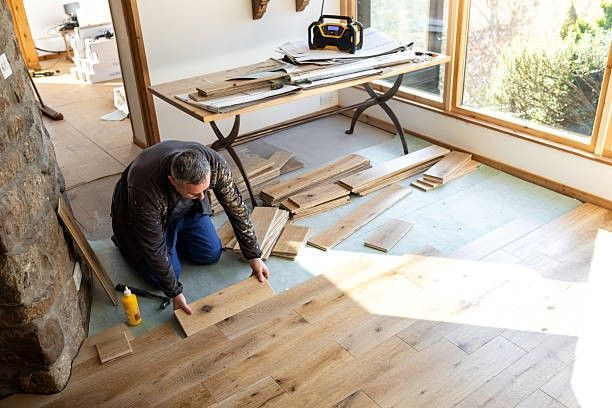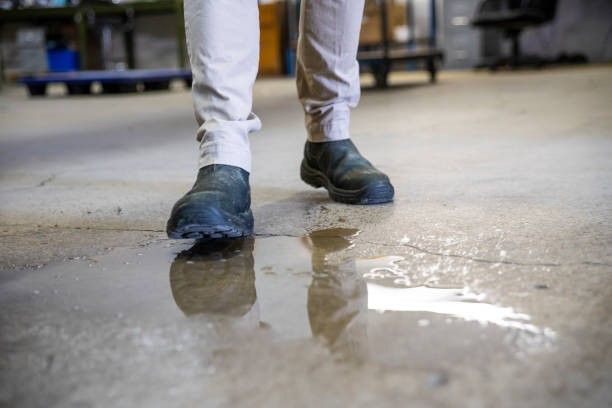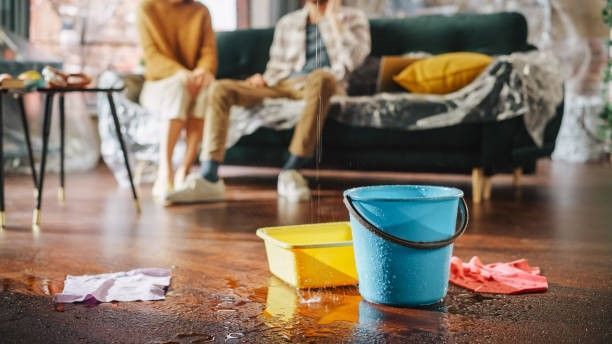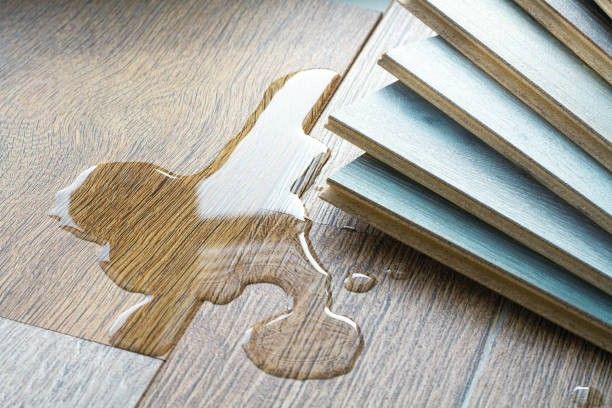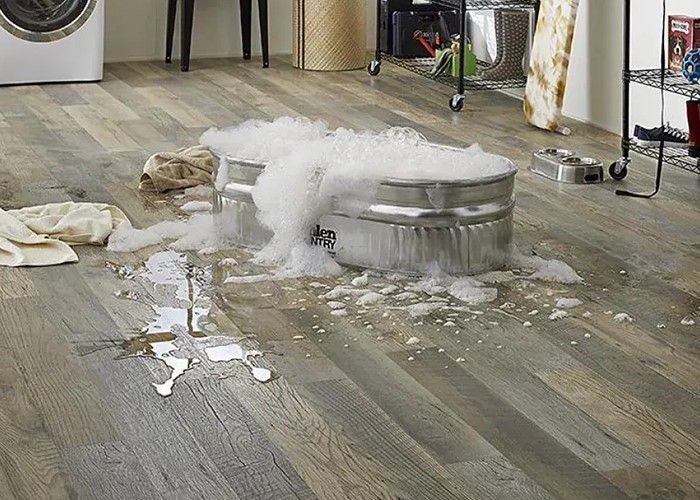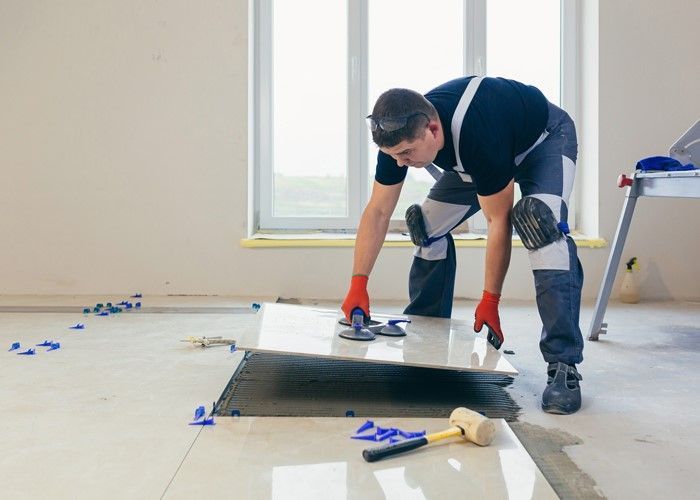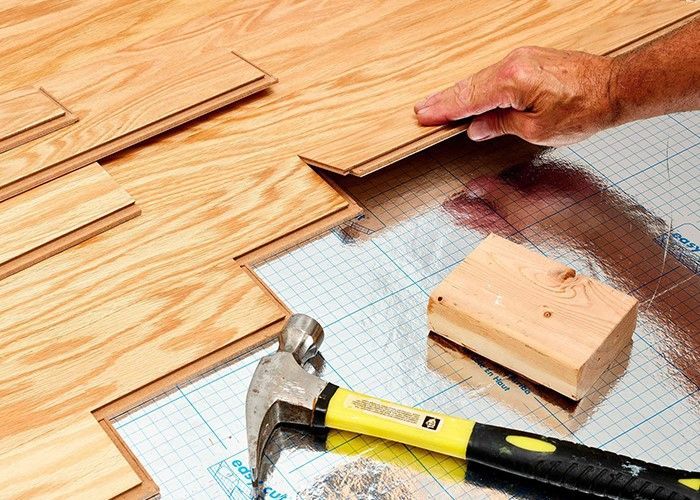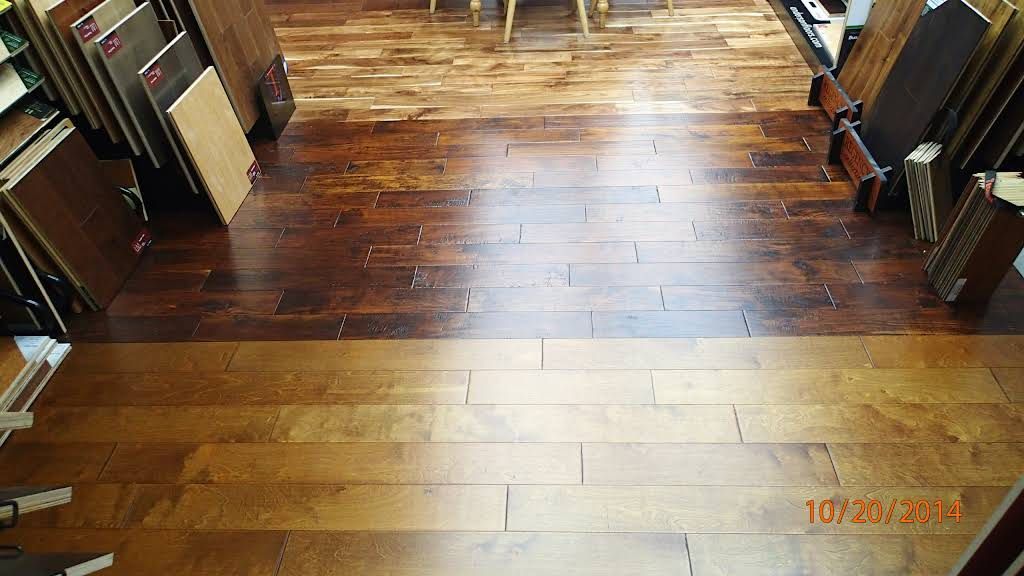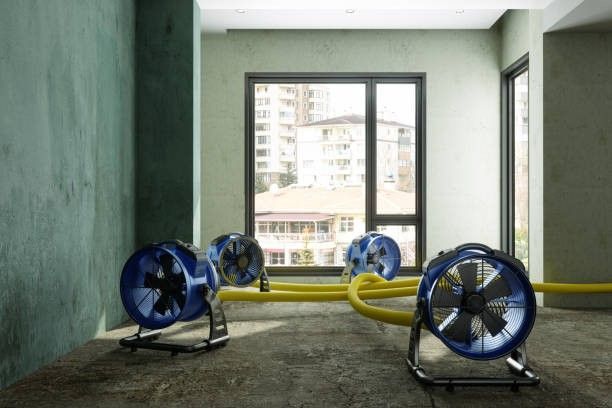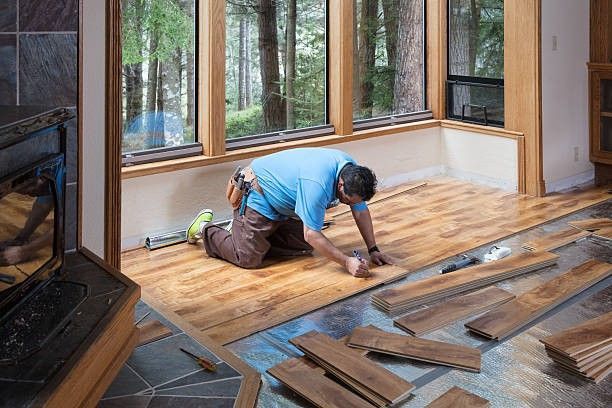Restoring Water-Damaged Floors: When to Repair and When to Replace
Restoring Water-Damaged Floors: When to Repair and When to Replace
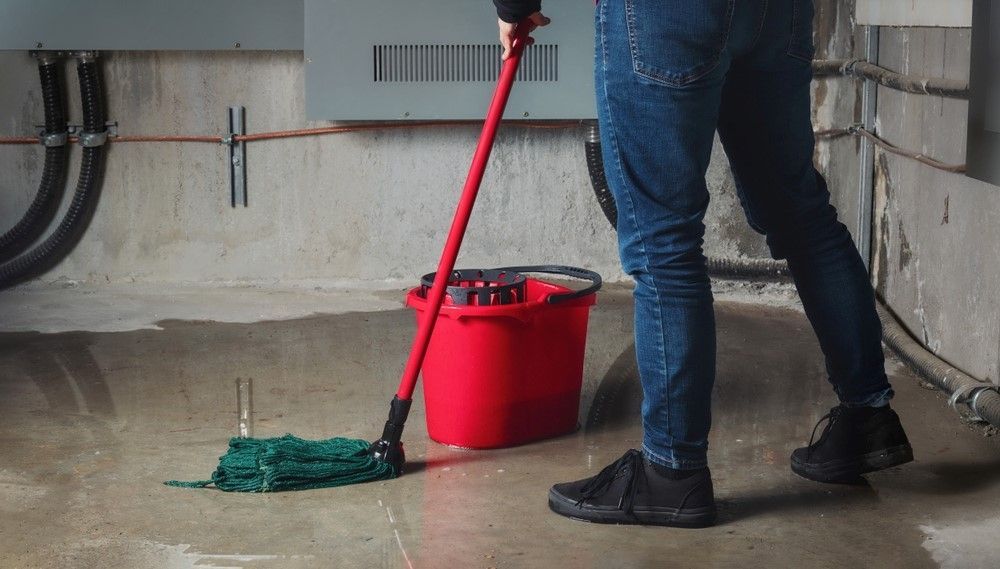
Water damage to floors can happen suddenly, whether it’s due to a burst pipe, a leaky roof, or an unexpected flood. When this happens, homeowners face a critical decision: should the damaged floor be repaired or replaced entirely? This question can be tricky, especially when it comes to preserving the look and feel of your home.
Understanding when to repair versus when to replace will help you save both time and money while keeping your floors in top condition. If you live in San Diego, California, this blog will provide you with valuable resources such as guidance and information on making an informed decision.
Identifying the Extent of the Damage
Before deciding whether to repair or replace, it’s important to assess the extent of the water damage.
Signs of Extensive Water Damage:
- Warping or buckling of floorboards
- Mold or mildew growth
- Soft or spongy spots on the floor
- Persistent water stains or discoloration
If you're unsure about the severity, it’s always a good idea to consult professionals who specialize in water damage restoration in San Diego.
When to Repair Water-Damaged Floors
Here’s when repairing makes the most sense:
- Minor Surface Damage: If the water has only affected the top layer of the floor—such as causing stains or minor warping—sanding and refinishing the surface can often restore it to its original condition.
- Small Isolated Areas: If only a small portion of the floor is damaged, it may be possible to replace just a few planks or tiles rather than the entire floor. This is often the case with hardwood or laminate flooring, where individual pieces can be swapped out.
- Quick Action: If you caught the water damage quickly before the moisture seeped deeply into the subfloor, you might be able to avoid more significant repairs. Using fans, dehumidifiers, and professional drying services can prevent the need for a complete replacement.
In these situations, working with a company that provides water damage restoration in San Diego can help ensure that your repair is done quickly and effectively.
When to Replace Water-Damaged Floors
Replacement is generally recommended when the damage is too widespread or if it has compromised the integrity of the flooring.
- Extensive Warping or Buckling: If large areas of the floor have started to warp or buckle, this is a clear sign that the water has done more than just surface-level damage. Warping indicates that the wood or material has absorbed water, making it structurally unsound. In this case, replacing the entire affected area is often necessary.
- Mold and Mildew: If water has penetrated deeply into the flooring and the subfloor, mold and mildew can start to form. Mold growth poses serious health risks, and it can spread quickly if not addressed. When mold becomes an issue, replacing the flooring is often the safest option.
- Subfloor Damage: If the subfloor has been damaged by water, it will need to be replaced before new flooring is installed. Signs of subfloor damage include spongy or uneven spots, indicating that the water has caused the underlying support structure to weaken. Replacing the floor and subfloor ensures long-term durability and safety.
Working with Professionals
When it comes to water-damaged floors, it’s always best to work with experienced professionals. They have the tools and knowledge to properly assess the damage, advise on the best course of action, and complete the work in a timely manner. We at A1 Factory Direct Flooring, known for our water damage restoration in San Diego, offer comprehensive services that can help you navigate the repair or replacement process.
Conclusion
Deciding whether to repair or replace water-damaged floors depends on the extent of the damage and the type of flooring involved. When in doubt, consult experts in water damage restoration in San Diego to guide you through the process and restore your floors to their former glory.
Contact us for water damage restoration in San Diego



